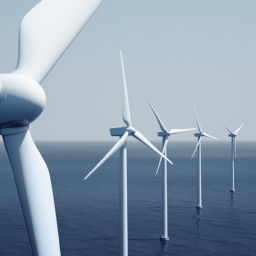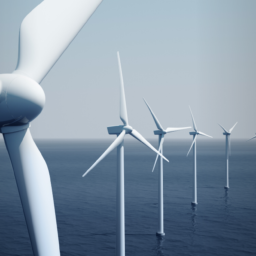On 28 October 2023, the Act of 16 June 2023 amending the Geological and Mining Act and certain other acts (Journal of Laws 2023, Item 2029) (the “Amendment“) will enter into force. The Amendment partially implements the provisions of Directive (EU) 2023/959 of 10 May 2023 on the reform of the greenhouse gas emission trading scheme (“EU ETS“).
Extension of the catalogue of installations covered by the EU ETS
The Amendment broadens the catalogue of installations covered by the EU ETS by lowering the thresholds for given installations to qualify for the EU ETS and by adding a new range of activities covered by the EU ETS. The changes will include the following categories of activities, i.a.:
- production of iron or steel;
- production of primary aluminium or alumina;
- production of hydrogen (H2);
- carbon black production etc.
The obligatory revision of permits held
Each operator is required to review permits, monitoring plans and sampling plans for existing installations and apply for their amendment by 31 December 2023 (if required).
The application for a greenhouse gas emissions permit for installations that will be covered by the EU ETS for the first time as a result of the changes introduced by the Amendment should be submitted by 27 November 2023.
Emission regulatory obligations of municipal waste incineration plants with a total thermal input exceeding 20 MW
Under the Amendment, municipal waste incineration plants with a total thermal input exceeding 20 MW will be subject to mandatory monitoring, verification and reporting of greenhouse gas emissions.
Operators of such installations will be required to apply for approval of an emission monitoring plan and sampling plan by 27 November 2023. The application should include i.a.:
- the emission monitoring plan;
- the date from which the emission monitoring plan and the sampling plan shall apply;
- a copy of the permit for the thermal treatment of municipal waste;
- information on the installation, including technical characteristics of the emission sources and information on the ownership of the installation.
The changes for biomass installations
The Amendment imposes a new obligation on operators of installations using biofuels, bioliquids and biomass fuels in 2023. Operators of such installations are required to review their emission monitoring plans to assess whether the biofuels, bioliquids or biomass fuels used meet sustainability criteria or greenhouse gas mitigation criteria and amend them by 1 January 2024 (if required).
The new EU ETS deadlines
The Amendment extends the deadline for the allocation of free allowances (from 28 February to 30 June each year) and the deadline for operators of EU ETS installations to account for emissions (from 30 April to 30 September each year following the accounting period) from 2024 onwards.
The option to remain in the EU ETS
The amendment introduces the possibility for an installation to remain in the EU ETS in cases where the production process of an installation has changed in order to reduce greenhouse gas emissions and the total rated thermal input of the installation no longer exceeds 20 MW.
The operator may submit a declaration that the installation will remain in the EU ETS until the end of the applicable (5-year) period. The amendment provides for the possibility to re-submit (once) a declaration that an installation will remain in the EU ETS for a further 5-year period. The relevant provisions will enter into force on 1 January 2024.
EU ETS reform
In addition to the changes outlined above, the EU regulations envisage that the EU ETS reform will cover the following areas in subsequent stages, including:
- the level of emission reductions in the sectors covered by the ETS foreseen for 2030 (compared to 2005 levels) will be increased to 62% (previously 43%);
- from 2024 onwards, the rate of allowance retirement will accelerate in line with the annual reduction factor (the LRF), i.e. the number of allowances by which the free allocation will be reduced;
- there will be a reduction in allowances through rebasing (in 2024 and 2026, when 90 million and 27 million EUAs respectively will be reduced);
- additional conditionality rules will be introduced for the free allocation of allowances, making 20% of the free allocation of allowances to installations dependent on the implementation of the results of an energy audit;
- free allowances in sectors such as cement, aluminium, fertilisers, power generation, hydrogen, iron and steel (sectors covered by the border carbon tax (CBAM) will be abolished for a period of 9-years, i.e. between 2026 and 2034;
- district heating in Poland will receive an additional pool of 30% free CO2 emission allowances (in the period 2026-2030) compared to the current legal status. The condition for receiving additional free EUAs will be to invest the market equivalent of these allowances in technologies that significantly reduce emissions before 2030. To this end, the entity applying for additional free allocation will be required to draw up a climate neutrality roadmap by May 2024;
- a new emissions trading scheme, known as ETS 2 or BRT ETS, will be created to cover the construction and road transport sectors.
In accordance with the provisions of Directive (EU) 2023/959 of 10 May 2023, the time-limit for transposition of the directive into domestic law is 31 December 2023. (Due to the lack of advanced legislative work on the implementation of the above regulations, it is expected that the new regulations will be implemented in Poland with a delay).













